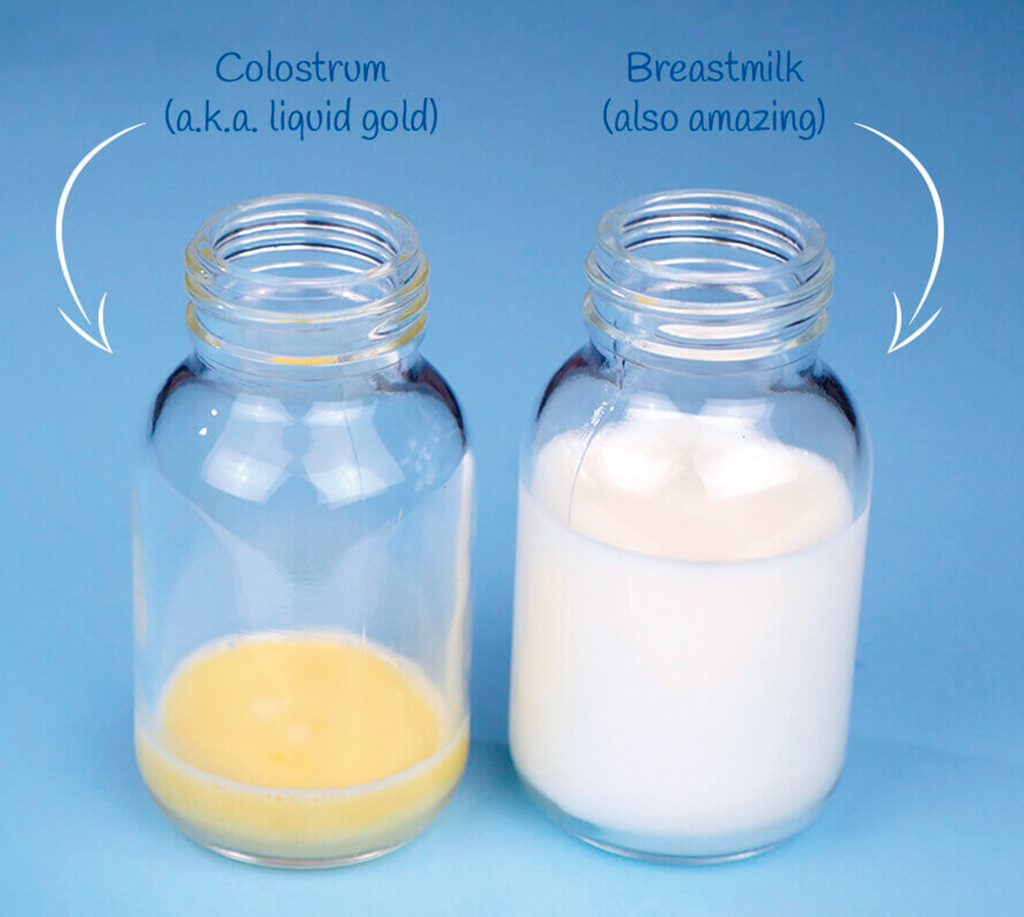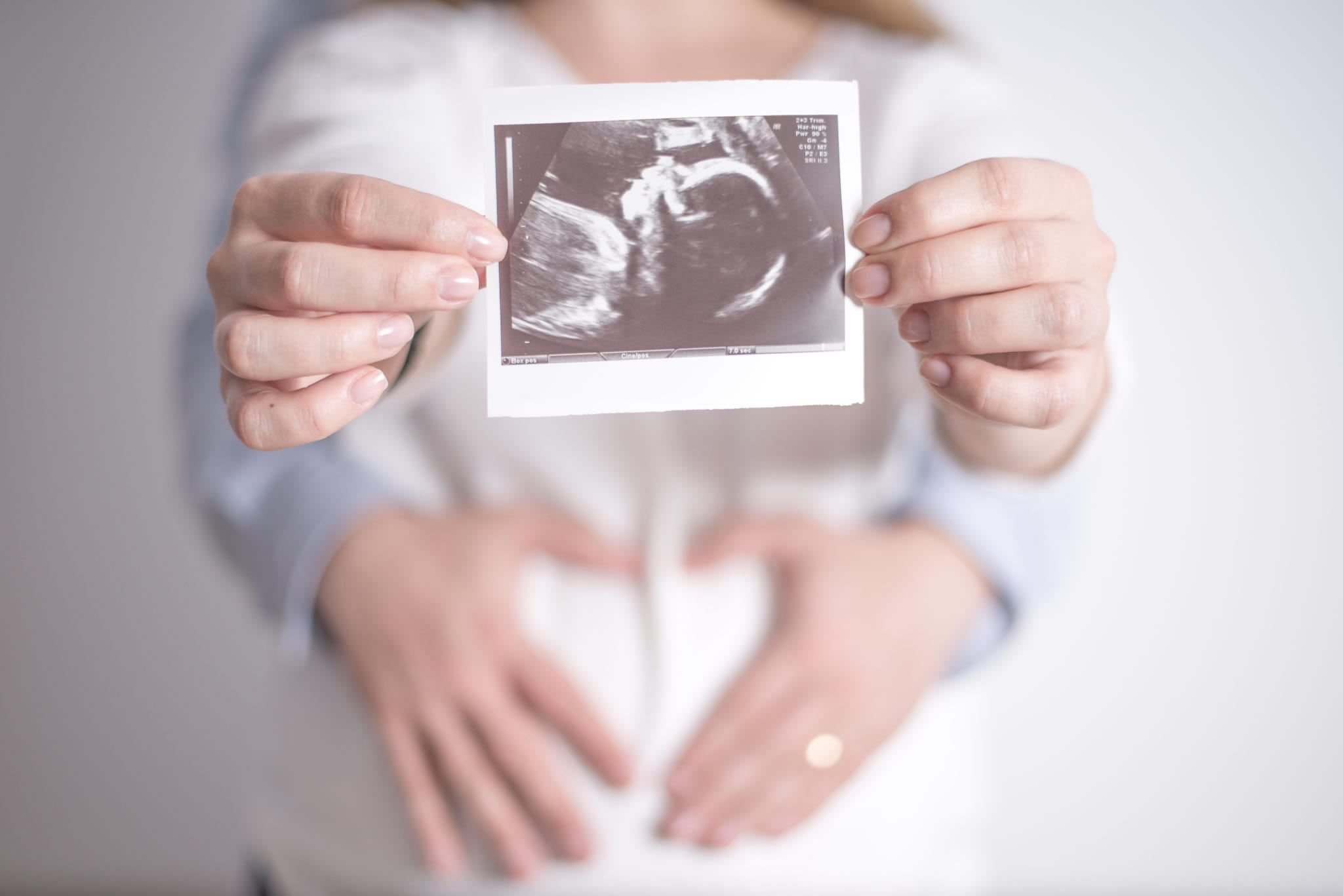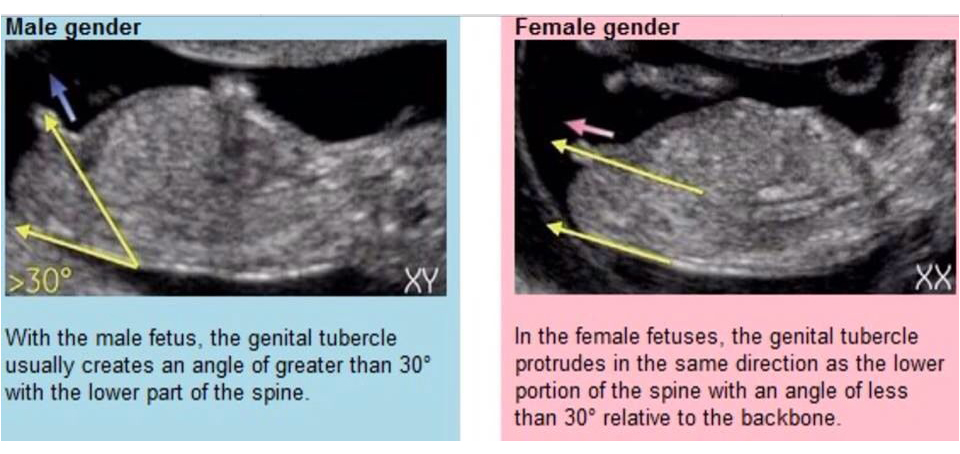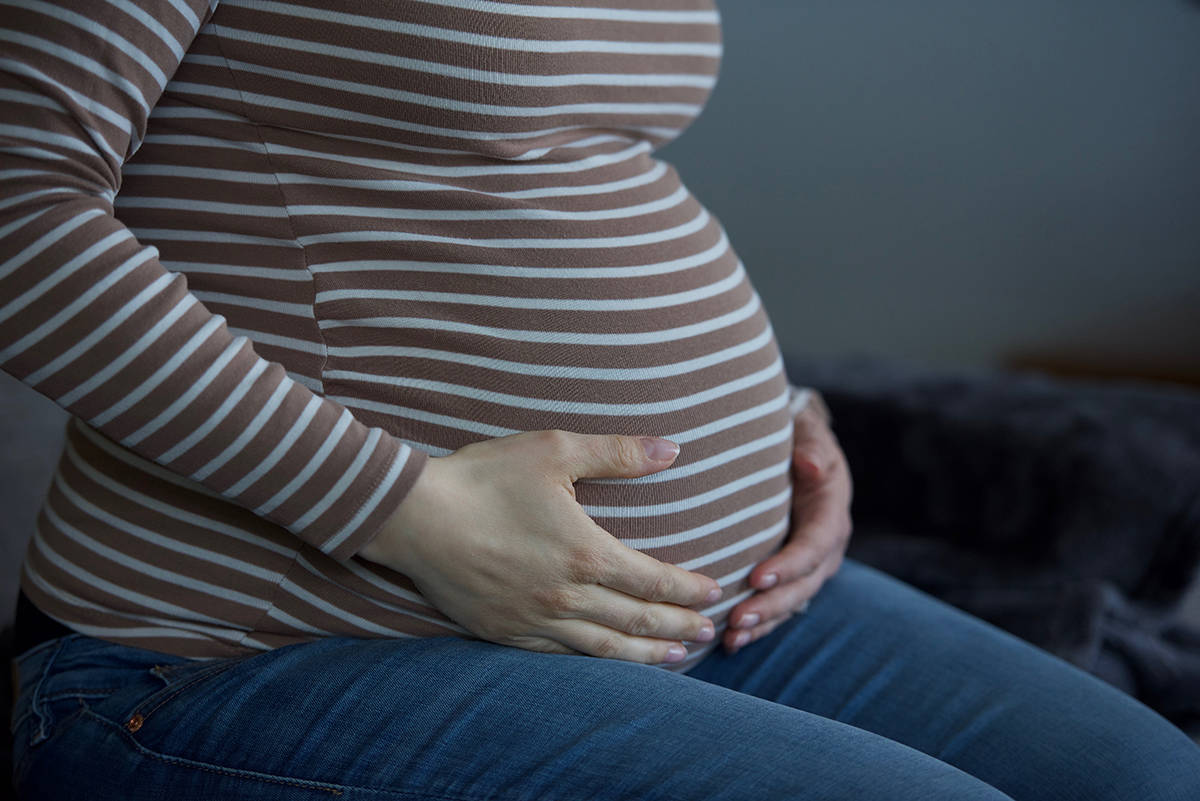Wouldn’t it be wonderful if there was a timer that told you when labor starts? During their pregnancy, any pregnant women wonder what it will feel like, how long it will take and if they’re actually in labor, or if it’s just a false alarm (i.e. Braxton-Hicks contractions). Everyone’s pregnancy is different; similarly, everyone’s delivery experience is different. Knowing the signs of labor will help prepare you to get ready and meet your new baby.
Braxton Hicks Contractions
Since mid-pregnancy, you may have experienced some irregular labor contractions, known as Braxton-Hicks contractions. These are just “training” contractions, but as your pregnancy comes close to an end, these contractions get progressively longer and have a shorter interval; you will definitely notice the signs of active or “true” labor, a sure sign that your baby is ready to come. The early phase, known as prodromes of labor, can begin a few days or weeks before active labor.
What are the early signs of labor?
During actual labor, the contractions are quite rhythmic, occurring every 3 to 4 minutes and lasting at least 30 to 70 seconds each. If you’d like to track the progress of your labor, lie back, relax and place your hand on your abdomen, near the dome-shaped uppermost, rounded part of the uterus, called theuterine fundus. When a contraction starts, you may notice the uterus will shift forward and harden. When you feel the contraction start, use a watch to time the duration of the contraction. Contractions may or may not be associated with pain. Depending on the intensity of the contractions and the sensitivity of the mother, contractions may be experienced anywhere from mild to intense pressure and discomfort. Labor contractions are usually localized to the lower part of the belly, but can also radiate to the lower back. Time your contractions for about 10 minutes; if you count at least 3 contractions within this time frame, and they get stronger and closer together, this is probably the most important indicator that you are in labor, and it’s time for your baby to come!
It is important to note that there are situations where the uterus might be stimulated and a few contractions may come in a row and get closer together, then cease after a period of rest, without the cervix dilating. Women experience this if, for example, they walk around for a while, if there are still has a few weeks to go before the due date, or if they are very stressed about their pregnancy. In this instance, they are experiencing false labor. If a patient is ever concerned, she should go to the hospital.
How can I be sure that I’m going into labor?
To make absolutely sure that you are in labor and ready to deliver your baby, you would ideally evaluate your contractions for longer than 10 minutes. We advise that if you have 3 contractions in 10 minutes, wait another 30 minutes and then do a new evaluation. If the contractions persist at regular intervals, and are fewer minutes apart, it is time for you to go to the hospital so that you can be evaluated by your doctor.
In addition to uterine contractions, there are other early signs of labor during your pregnancy that may indicate your baby is ready. It is best to contact your doctor or midwife if you experience any of the following:
- A few days (or even weeks) before delivery, your belly will look like it has “dropped”. This is because the uterus is shrinking in size as your baby drops and prepares to enter the world. You may experience lower back pain as well.
- The process of your baby settling or lowering into your pelvis just before labor is called lightening. Lightening can occur a few weeks or a few hours before labor. Because the uterus rests on the bladder more after lightening, some women get the need to urinate more frequently during the last part of their pregnancy.
- During your pregnancy, in the days before labor you may feel a sudden burst of energy and get an increased drive to clean and organize in preparation for your baby. This can even happen weeks before the time your baby is due.
- Your cervix will dilate open when labor begins, though you will need a vaginal exam to determine this. Do not examine your own cervix! If your cervix dilates, Make sure you get the right medical advice from a doctor or midwife. They will advise if you cervix is dilated at 10 centimeters, or how much time you’ll have before that occurs.
- When your cervix does begin to dilate, you may lose your mucus “plug”, a phlegm-like substance that seals the uterine cavity. The mucus plug may be followed by a “bloody show”, or blood-tinged vaginal discharge (there is no pain when this occurs). Mucus may present as light pink, brown or bright red.
- You feel your water breaking. Many women feel like they’ve accidentally peed themselves, when in fact it’s amniotic fluid emptying from the amniotic sac; when your water breaks, it’s a definite sign to get ready for labor. For some women, they may not feel their water break at all, and have to rely on other signs of labor such as regular contractions that are several minutes apart.
- When labor starts, you may feel like you have to vomit, especially while you’re having regular contractions and/or lower back pain. This may mean your baby is getting ready to come.
- You see your baby s head. This is unusual, but some women don’t know they’re in labor, think they’re in false labor, or are unaware that they are experiencing the signs of labor. If your baby is crowning, and you’re on or near your due date, this is a key differentiator between true labor and false labor.
If you’re still unsure, if your water breaks, or even if you think you might be having false labor contractions, call your doctor or midwife, and/or get to the hospital as soon as labor starts so that an obstetrician can properly assess your pregnancy and your baby. If you are experiencing any signs of active labor such as bloody show, water breaking or another sign of labor and you are less than 37 weeks into your pregnancy, call your doctor as you may be in premature labor. In this instance, you will get an exam to assess the labor signs, as well as the risks of preterm labor, in addition to the second trimester morphological exam.
In the event of preterm labor, it is essential to arrive at the hospital as soon as possible to be medically reviewed so that the doctor can inhibit labor contractions or prescribe medication to rapidly mature the baby’s lungs. If you are in early labor you may be at risk.
How long will my labor last?
The duration of labor varies, but typically lasts between 12 to 24 hours. However, many women include the hours before labor, known as the prodromal labor phase — contractions that begin before true labor. Unlike Braxton-Hicks contractions, which help your uterus prepare for active labor, your cervix can slowly dilate or efface during prodromal labor. If we include this phase, labor can last up to a few days.
What can I do to encourage true labor?
Even in today’s age, the mechanism by which true labor begins is not fully understood. Most of the time, it is difficult to predict when the true labor will start, even if we know the due date (or the mother’s water breaks). Toward the end, when the baby is ready, she will go into labor, however there are instances that can help labor along:
- Short walks or gentle yoga (which may feel good whether or not you’re in labor)
- Having sex. This can cause the uterus to contract in 3 different ways:
- Through orgasm
- Through the release of oxytocin (a hormone that makes the uterus contract)
- Through semen, which can also cause contractions
- Nipple stimulation. Small (gentle) pinches can also help release oxytocin. If you have previously breastfed a baby, you’ll remember experiencing cramps while nursing. This is due to the release of oxytocin triggered by the nipple stimulation.
If you have additional questions about the signs that labor have begun, or about whether you’re going into labor (or having false labor contractions), call your doctor or midwife to discuss your concerns.










